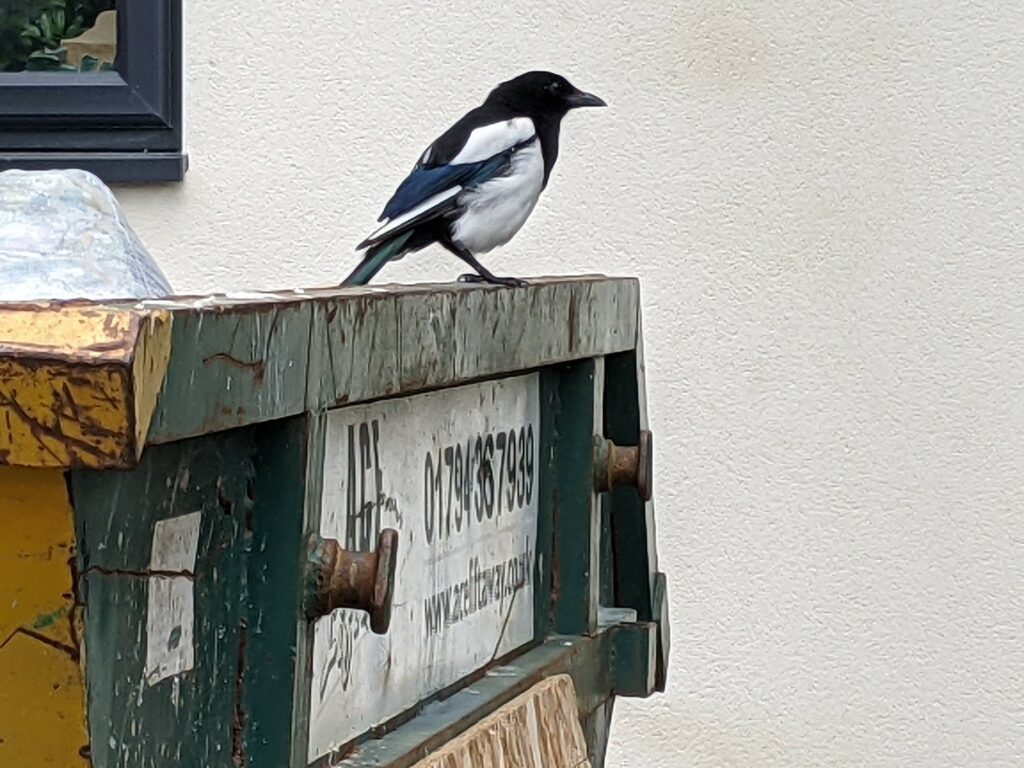The news that the European Commission’s competition directorate (DG COMP) has decided not to conduct a full antitrust investigation into the Alliance for Open Media’s (AOM) licensing policy is to be welcomed, especially for the AV1 CODEC specification (successor to the VP9 CODEC and intended to allow royalty-free, high-quality video streaming). It seems that whispering voices had falsely suggested the reciprocal licensing of standard-essential patents (SEPs) in AOM’s policy is somehow anti-competitive.
But reciprocal patent licensing is very common in the software industry generally and Open Source in particular – it’s part of the terms of the Apache License for example – so the accusation seemed far more likely to be projection by the SEP-dependent legacy industries of Europe. One useful insight into the whispers to which DG COMP responded can be seen in the extra information AOM has added to its legal page in response to the matter. The questions they address have such obvious and innocuous answers that only express sophistry could have been behind such questions, given the sophistication of the actors involved.
This is all crucially important to Open Source software, and not just as an endorsement of reciprocal terms. While there are edge cases, generally Open Source projects avoid standards which embed royalty-due patents, not primarily because of the royalties but because of the need to submit to the control implied by privately negotiating terms with the patent holders – an obviously anti-competitive aspect for any market entrant, about which Europeans complain.
It only takes one patent aggressor to rob everyone of viable Open Source video, so it seems entirely reasonable to scrupulously maintain hygiene by requiring any beneficiary of AV1 to commit to waiving royalties (and thus their negotiation). AOM is creating standards expressly intended to allow implementation by Open Source projects, so their terms are both rational and reasonable … unless you want to keep Open Source out of your cozy market.
The clouds have not all dispersed. AOM’s licensing is unfortunately based on a non-OSI-approved license (for excellent reasons but still an issue). Hopefully this will become more and more unfashionable as Open Source expands its reach. Also, significantly, there are hostile patent pools which, unfathomably and without evidence that their mountain of claims are actually essential, assert that the AV1 standards infringe patents in the pools.
But this is good progress and underlines that the “reciprocal” mechanisms so common in Open Source licenses are generally pro-competitive. Perhaps the Commission will now move on to ask why such an obviously anti-competitive arrangement as standards bodies permitting royalty-due patents in their specifications is still tolerated?
This article first appeared on Webmink in Draft.
Image it’s not thieving if it’s from the bin, right? by Simon Phipps.
The post <span class=’p-name’>Why open video Is vital For Open Source</span> appeared first on Voices of Open Source.

Source: opensource.org
